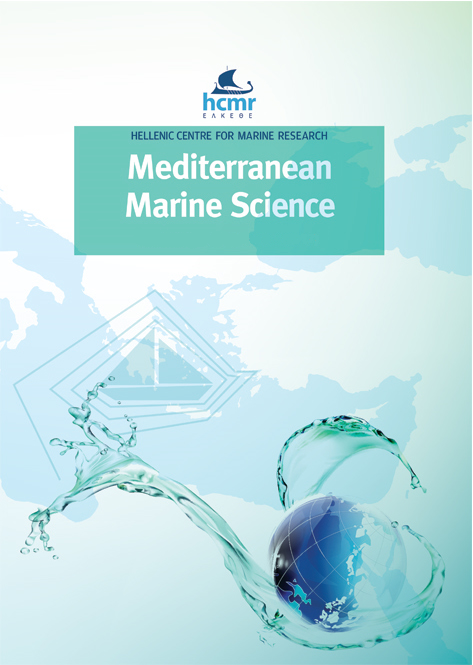Population dynamics of resident fish in a coastal lagoon under eutrophication-mediated habitat changes

Abstract
Coastal lagoons, as transitional ecosystems, are crucial for providing ecosystem services and preserving fish communities, yet they face increasing pressures from anthropogenic activities. The Mar Menor coastal lagoon in the western Mediterranean exemplifies this challenge, as it suffers from severe eutrophication driven by agricultural and urban influences. In this study, we assess changes in the population dynamics of three resident fish species (Apricaphanius iberus, Pomatoschistus marmoratus, and Syngnathus abaster) in the context of human-induced impacts in the Mar Menor. Using long-term monitoring data (the reference period of 2002-2004 vs. the eutrophication period of 2015-2019), we analyze temporal variations in their population dynamics and their relationships with eutrophication-mediated structural changes in shallow waters. Our results suggest that these resident species, which are closely associated with shallow areas, show population dynamics that reflect habitat alterations, underscoring their potential as indicators of eutrophication impacts. This study enhances our understanding of the dynamics within transitional ecosystems and provides a basis for integrated management strategies aimed at promoting effective fish conservation.
Article Details
- How to Cite
-
GUERRERO-GÓMEZ, A., ZAMORA-LÓPEZ, A., TORRALVA, M., ZAMORA-MARÍN, J. M., GUILLÉN-BELTRÁN, A., & OLIVA-PATERNA J., F. (2024). Population dynamics of resident fish in a coastal lagoon under eutrophication-mediated habitat changes. Mediterranean Marine Science, 25(3), 621–640. https://doi.org/10.12681/mms.38054
- Section
- Research Article
Authors who publish with this journal agree to the following terms:
- Authors retain copyright and grant the journal right of first publication with the work simultaneously licensed under a Creative Commons Attribution Non-Commercial License that allows others to share the work with an acknowledgement of the work's authorship and initial publication in this journal.
- Authors are able to enter into separate, additional contractual arrangements for the non-exclusive distribution of the journal's published version of the work (e.g. post it to an institutional repository or publish it in a book), with an acknowledgement of its initial publication in this journal.
- Authors are permitted and encouraged to post their work online (preferably in institutional repositories or on their website) prior to and during the submission process, as it can lead to productive exchanges, as well as earlier and greater citation of published work (See The Effect of Open Access).




